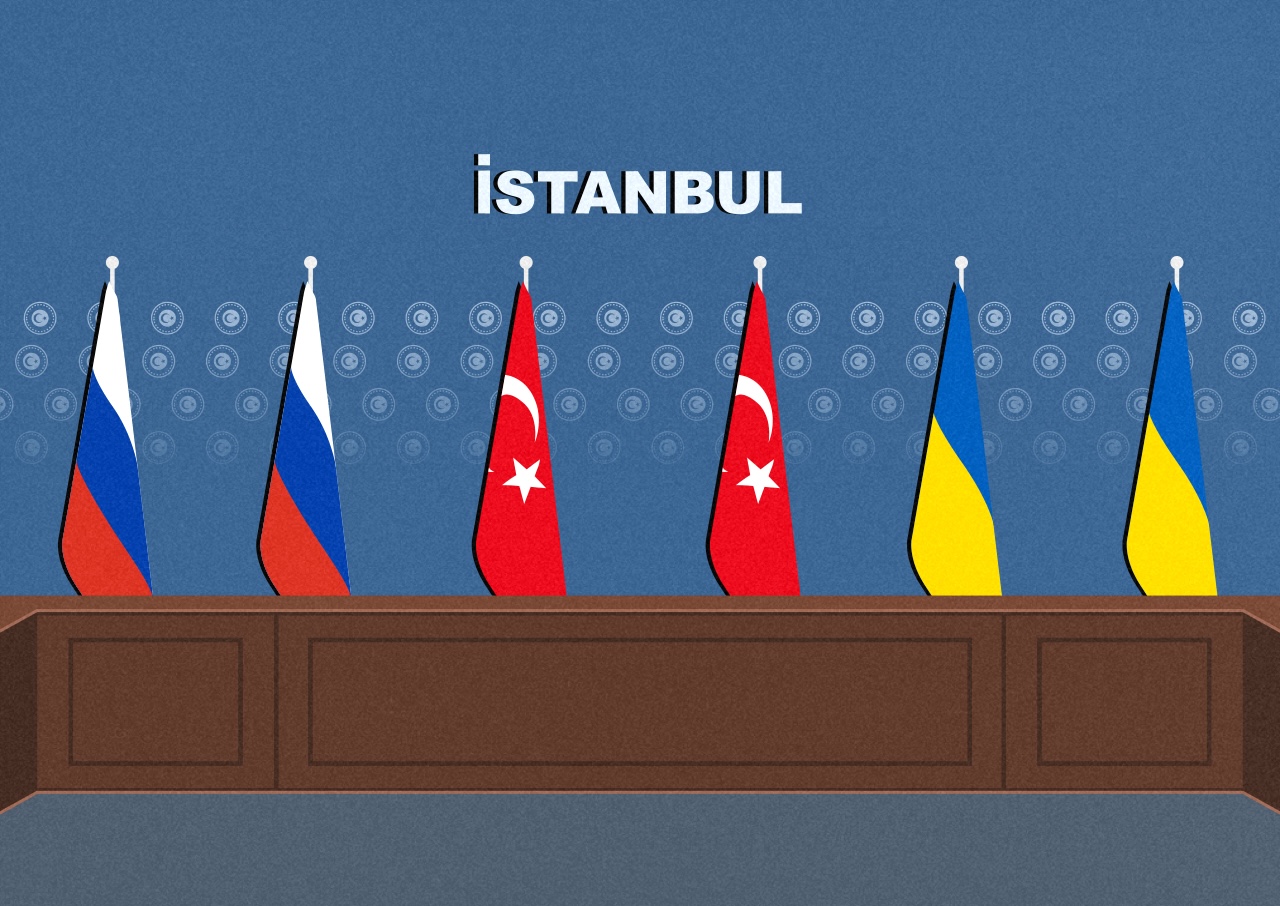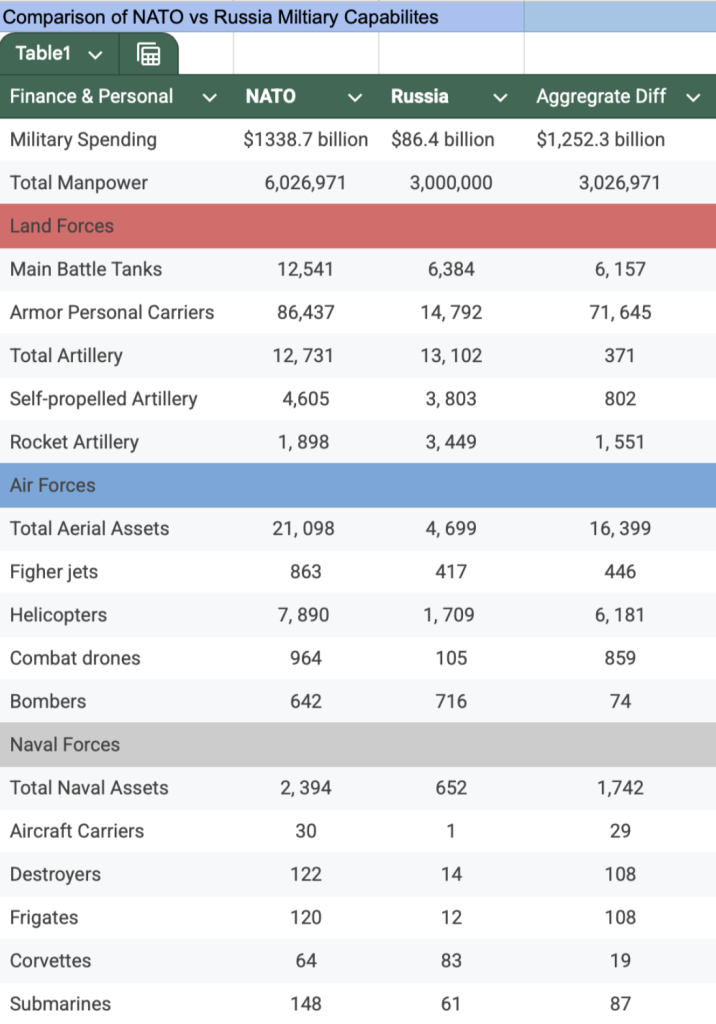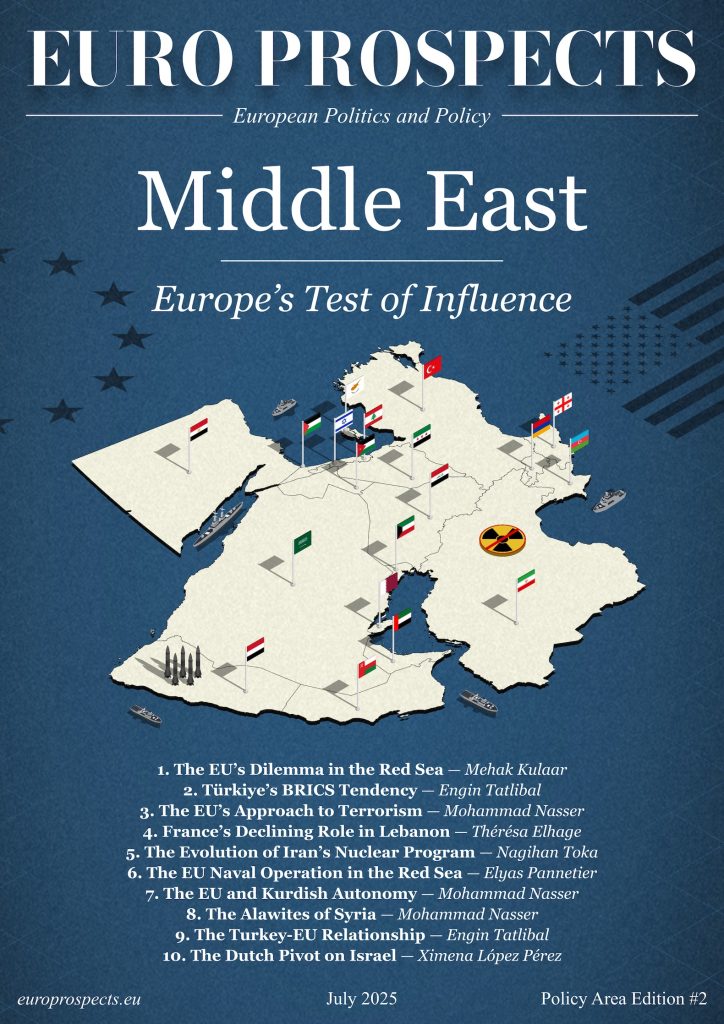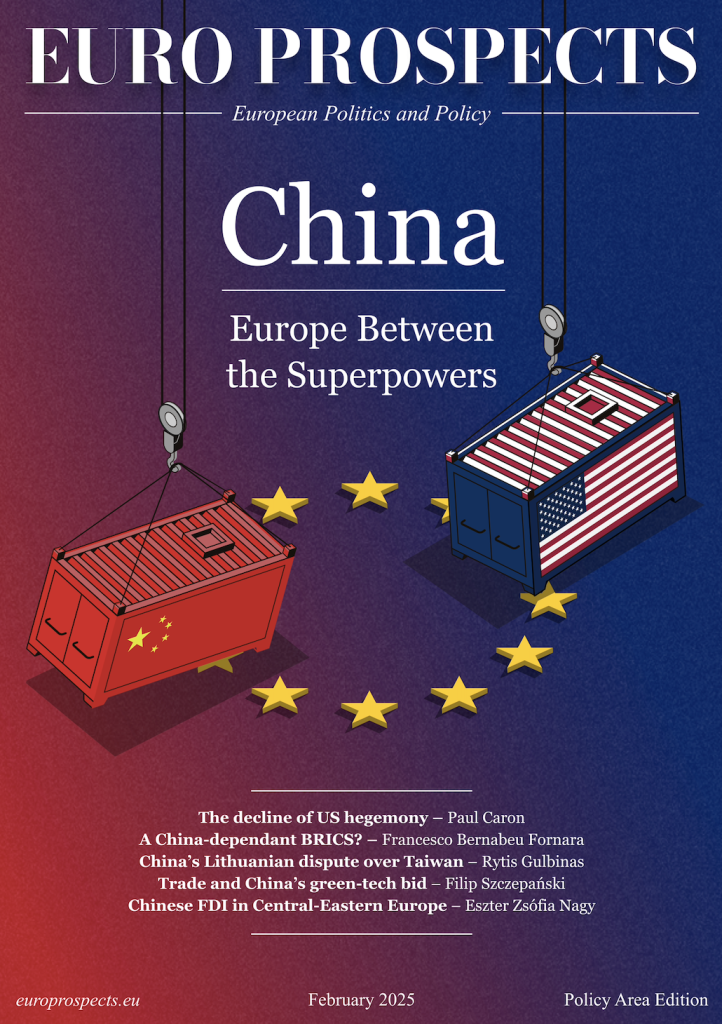
10 min read — Ukraine | Türkiye | Russia | Geopolitics
Kyiv Strikes Again: Drone Attack Spurs Istanbul Talks — What’s Next?

By Jake Southerland — International Security Correspondent
Edited/Reviewed by: Sam Volkers
July 12, 2025 | 12:50
Three years into this bloody conflict, we have seen the Ukrainians successfully conduct operations into Russia proper on numerous occasions. In the opening days, these attacks were confined to missile attacks on Russian air bases such as Millerovo air base on 25 February and Taganrog air base six days later. This remained the status quo until May 2024, when the Freedom of Russia Legion and the Russian Volunteer Corps, two pro-Kyiv groups launched a joint operation into neighboring Belgorod oblast allegedly with Ukrainian backing and material support (Lukiv 2024; Hunder & Chornokondratenko 2024). Throughout the rest of 2024 and into 2025, subsequent incursions into Kursk and Belgorod oblasts occurred. However, another shift in tactics was conveyed in the March 2025 incursion when Ukrainian troops marched into the neighboring region and took control over several Russian border towns, setting up permanent fortifications. This act conveys that these attacks were not simple shoot and scoot, but rather, Ukraine was taking Russian territory that could be used as a bargaining chip in future peace talks.
On the night of 1st of June, Kyiv conducted another drone attack, codenamed “Operation Spiderweb” on Russian air bases, however, this operation was vitally different. Over 40 of Russia’s nuclear-capable bombers, the Tupolev Tu-95 and Tu-22, were destroyed, putting a serious dent in Moscow’s long-range bombing capabilities. According to the Ukrainian intelligence service, the SBU, the wrecked planes totaled approximately €6.3 billion. If proven accurate, this attack would be the most damaging and reflect a new chapter in cross-borders incursions, strategically occurring on the eve of a new round of peace talks in Istanbul (Cole, Sauer & Mazhulin 2025). So, the question that everyone is itching to ask, how did Ukraine’s drone strike affect the negotiations last Monday? Understandably, Putin was furious with the Ukrainians and released a barrage on several Ukrainian cities in the subsequent days. According to the Ukrainian Air Force, this latest attack consisted of 472 aerial weapons, which included 280 Iranian Shahed attack drones and two Kinzhal ballistics missiles (Steward & Ali 2025; Edwards 2025; The Kyiv Independent 2025). In the talks occurring in Istanbul a few days after the attacks, the Russian delegation, led by Putin’s crony and Ukrainian-born Vladimir Medinsky, set forth following demands in order to consider a peace settlement (Soldatkin, Balmforth, & Hayastever 2025).
- International recognition of Russia’s 2014 annexation of Crimea & 2022 annexation of the four Ukrainian oblasts of Donetsk, Luhansk, Kherson, and Zaporizhzhia Oblasts.
- Ukraine must become permanently neutral and rule out NATO membership.
- Must make Russian an official language and protect the rights of Russian speakers
- Install a legal ban on the glorification of Nazism – referring to the term “Banderites” that Moscow likes to throw around – even though Ukraine has banned glorification of Nazism and Communism since 2015 (BBC 2015).
These terms tell us that Putin will only accept an end to the conflict on his terms, ones that will leave permanently weakened and dependent on the Kremlin – reflecting the argument outlined in his infamous article, “On the Historical Unity of Russians and Ukranians” (Putin 2021). Just like Medinsky said, “History repeats itself in a remarkable way” and pointed to the Great Northern War in which Tsarist Russia defeated Sweden after 21 years of fighting – that Russia is in it for the long haul. However, Russian actions in Ukraine have been used before. The decision to invade Georgia in 2008 was caused by concerns that the country was moving too close to the west under the leadership of Mikheil Saakashvili who succeeded ousted pro-Kremlin president, Eduard Shevardnadze in the 2004 Rose Revolution (Fairbanks 2004; Karagiannis 2013). Putin’s favorite tactic of sham referendums was utilized by Joseph Stalin in 1940 as justification for invading the Baltic republics of Lithuania, Latvia, and Estonia (Mälksoo 2022). Lastly, the Soviets went back to their old ways following the end of the Second World War when the communists “won” in “free and fair elections” in Czechoslovakia, Poland, and throughout the newly established eastern bloc (Wright 1961). Russia subjugation is not a new phenomenon, and their outlandish demands in the current peace negotiations in Istanbul reflect this.

Perhaps, the warning that “Russia may attack NATO in the next four years” from German Defense Chief, General Carsten Breuer should be emphasized (Gardner & Wong 2025). The manner in which Russia attacks NATO is purely speculative at this point. Nevertheless, I’ll present a simple comparison of Russia vs NATO in manpower and material capabilities so an idea of what a future war between Moscow and the West could entail. The table above was created using data retrieved from (armedforces.eu). Naturally, with Russian losses in Ukraine and NATO’s donations of military equipment in various aid packages, the numbers will vary. While this comparison table only showcases conventional weapons of war, it doesn’t account for conscription numbers in Russia and NATO members like Finland or Estonia. More importantly, the size of Russia or NATO’s nuclear arsenal, due in part to the American, British, and French contributions, are not publicly available for obvious reasons.
However, Russia should not be underestimated or treated as a pushover. A conflict between Moscow and NATO will look nothing like Ukraine, according to (Hoffmann 2025). Despite significant losses in personnel and equipment in Ukraine, and the bolstering of Ukraine’s defenses through Western military aid, Russia remains a formidable adversary, particularly due to its vast nuclear arsenal and expertise in hybrid warfare tactics such as cyber attacks, disinformation, and irregular operations (Renz & Smith 2016). While the balance of conventional military power is gradually shifting in NATO’s favor, thanks to sustained attrition of Russian forces and Ukraine’s increasingly effective long-range strikes, it doesn’t guarantee an easy NATO victory over Russia in a full-scale conventional conflict. Moscow still possesses a large, battle-hardened military, a vast stockpile of weapons, and the capability to destabilize neighboring countries and exert regional influence (Osborn 2024). NATO’s technological edge, greater defense budgets, and superior logistics provide it with an important advantage, but the risk of escalation, including nuclear and hybrid warfare, remains significant (Buckby 2025). For this reason, NATO must remain vigilant, united, and prepared to respond to a wide range of threats while continuing to support Ukraine’s efforts to degrade Russian military capabilities.
Ukraine’s drone strikes and cross-border raids are chipping away at Russia’s military and driving up the cost of this war. Moscow feels the pressure, but the Kremlin’s demands in Istanbul make it clear they will not back down easily. NATO is stronger and more ready than ever, but the alliance needs to stay rock solid and united to keep the pressure on and deter any further aggression. This war has to go somewhere. It will lead either to a fragile peace or a full-scale conflict between Russia and the West. The current talks in Istanbul and Russia’s determination to make a peace deal on their terms serve as a wake-up call for the alliance. It is time to come together like never before and send a clear message to Russia. The old Soviet empire is dead. Moscow has pushed too far in Ukraine, and the alliance will not stand ideally while Putin forcefully attempts to redraw borders and mold history into his ideal version of Greater Russia or “Novaya Rossiya.”
Disclaimer: While Euro Prospects encourages open and free discourse, the opinions expressed in this article are those of the author(s) and do not necessarily reflect the official policy or views of Euro Prospects or its editorial board.
Write and publish your own article on Euro Prospects
Subscribe to our newsletter – stay informed when we publish articles on pressing European affairs.

